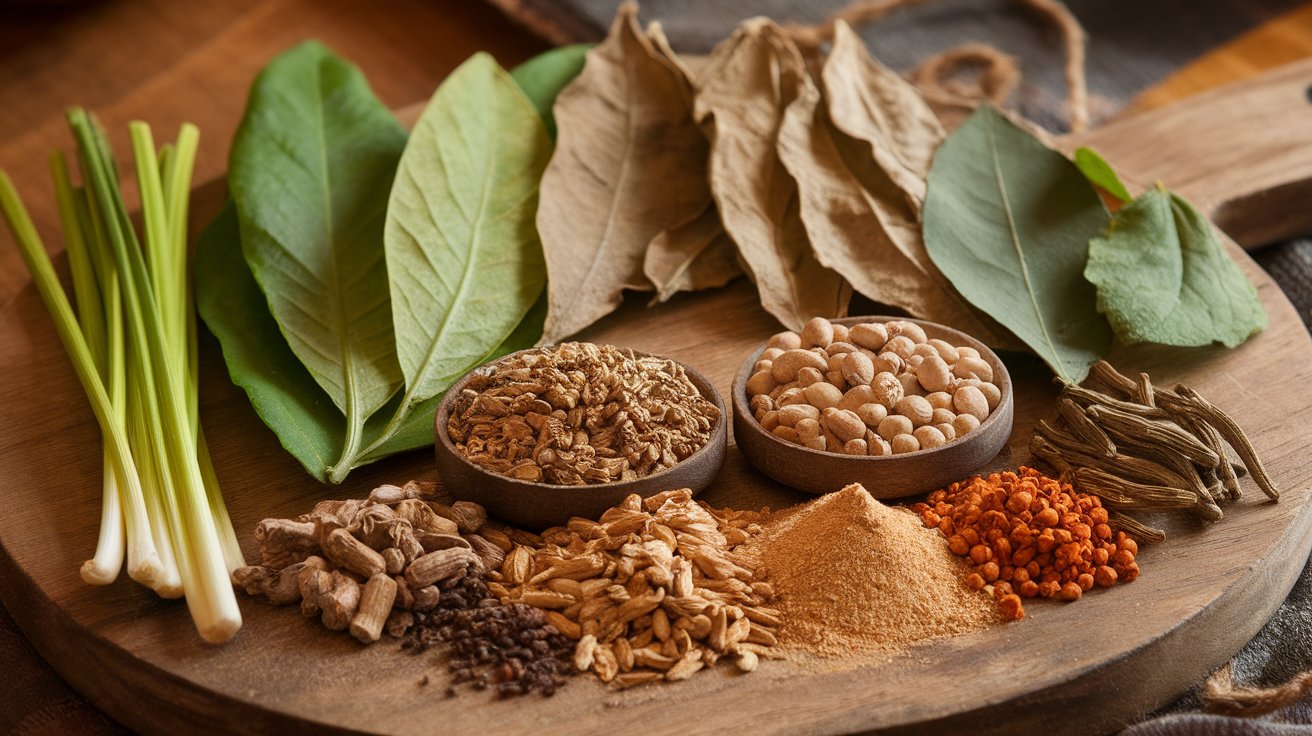
Kaffir lime leaves are a popular ingredient in Southeast Asian cooking, known for their distinct citrusy aroma and flavor.
However, they are not always easy to find, and when unavailable, it’s important to have substitutes that can mimic their unique qualities.
Whether you’re making curries, soups, or stir-fries, several alternatives can replicate the citrusy and aromatic notes of kaffir lime leaves.
In this list, we explore 13 substitutes that can step in when you don’t have kaffir lime leaves on hand.
List of Substitutes of Kaffir Lime Leaves
1. Lime Zest
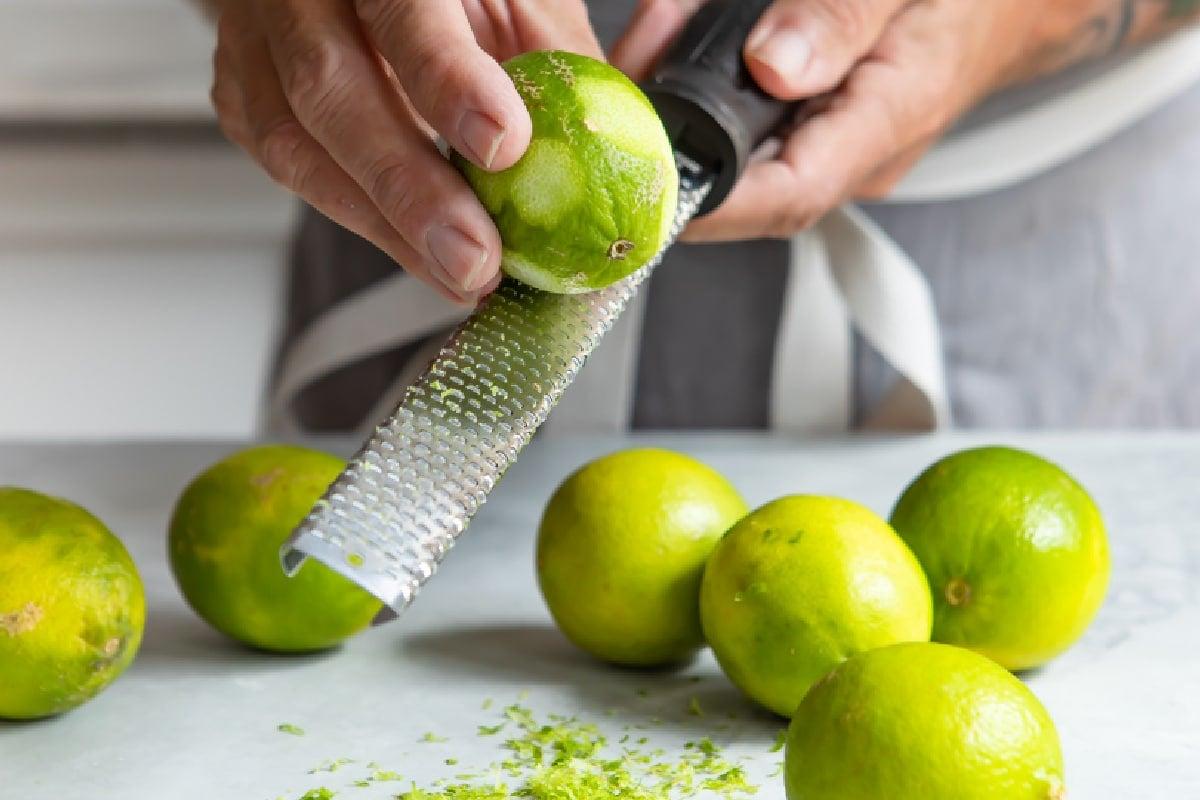
Lime zest is one of the best substitutes for kaffir lime leaves, offering a similar citrusy flavor.
While it lacks the floral notes, the zest from fresh limes can bring a bright, tangy flavor to your dish.
It’s easy to find and works well in curries, soups, and marinades.
| Characteristic | Details |
|---|---|
| Use in Recipes | Curries, soups, stir-fries |
| Flavor Profile | Bright, tangy, citrusy |
| How to Use | Use 1-2 teaspoons of lime zest as a substitute for kaffir lime leaves. |
2. Lemon Zest

Lemon zest is another excellent substitute, offering a citrusy tang with a slightly sweeter flavor than lime.
Though it doesn’t replicate the exact taste of kaffir lime leaves, it still adds freshness to dishes.
Lemon zest works well in Thai-inspired soups and marinades where a citrus punch is needed.
| Characteristic | Details |
|---|---|
| Use in Recipes | Soups, stir-fries, marinades |
| Flavor Profile | Citrus, slightly sweet |
| How to Use | Use 1-2 teaspoons of lemon zest in place of kaffir lime leaves. |
3. Bay Leaves with Lime Zest

Combining bay leaves with lime zest offers a balance of earthiness and citrus.
Bay leaves provide a subtle herbal flavor, while the lime zest adds the missing citrusy punch.
This combination works particularly well in curries, broths, and slow-cooked dishes.
| Characteristic | Details |
|---|---|
| Use in Recipes | Curries, broths, stews |
| Flavor Profile | Earthy, citrusy |
| How to Use | Use 1 bay leaf with 1 teaspoon of lime zest to replace kaffir lime leaves. |
4. Lemongrass
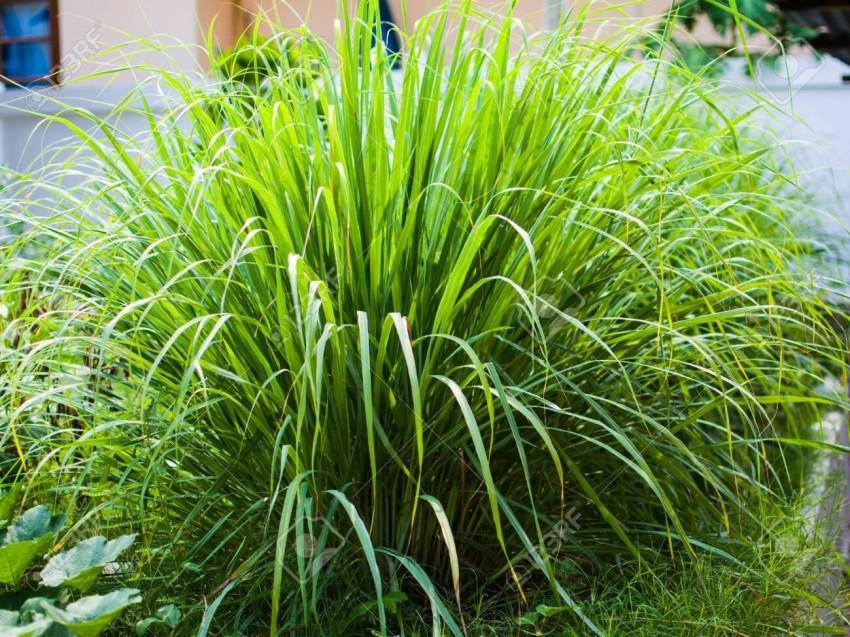
Lemongrass is a fantastic substitute for kaffir lime leaves, as it shares similar citrusy and floral notes.
Often used in Southeast Asian cooking, lemongrass brings brightness and a subtle tartness to dishes.
It works well in soups, curries, and stir-fries.
| Characteristic | Details |
|---|---|
| Use in Recipes | Soups, curries, stir-fries |
| Flavor Profile | Citrus, floral, slightly tart |
| How to Use | Use 1-2 stalks of lemongrass, finely chopped, in place of kaffir lime leaves. |
5. Thai Basil
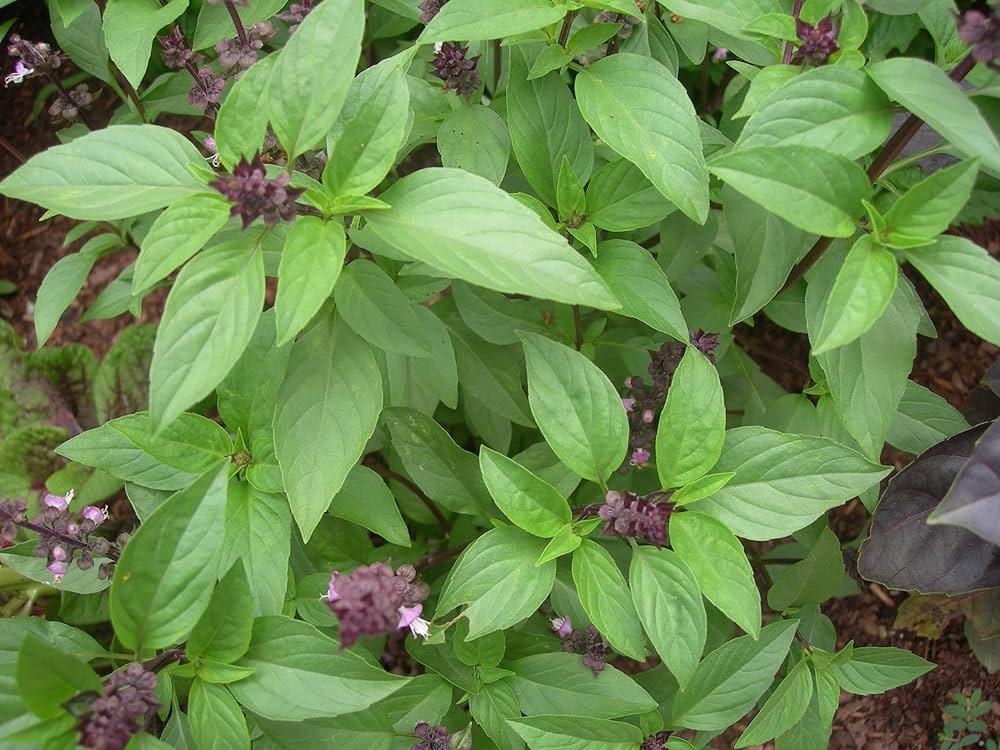
Thai basil, with its slightly spicy and anise-like flavor, can be a unique substitute for kaffir lime leaves in certain dishes.
While it doesn’t provide the citrusy notes, it adds a fresh, herbal flavor that works well in curries and soups.
Use it in combination with lime zest for a closer match to kaffir lime leaves.
| Characteristic | Details |
|---|---|
| Use in Recipes | Curries, soups, stir-fries |
| Flavor Profile | Spicy, herbal, slightly anise-like |
| How to Use | Use a handful of Thai basil leaves, optionally with lime zest, to replace kaffir lime leaves. |
6. Mint Leaves
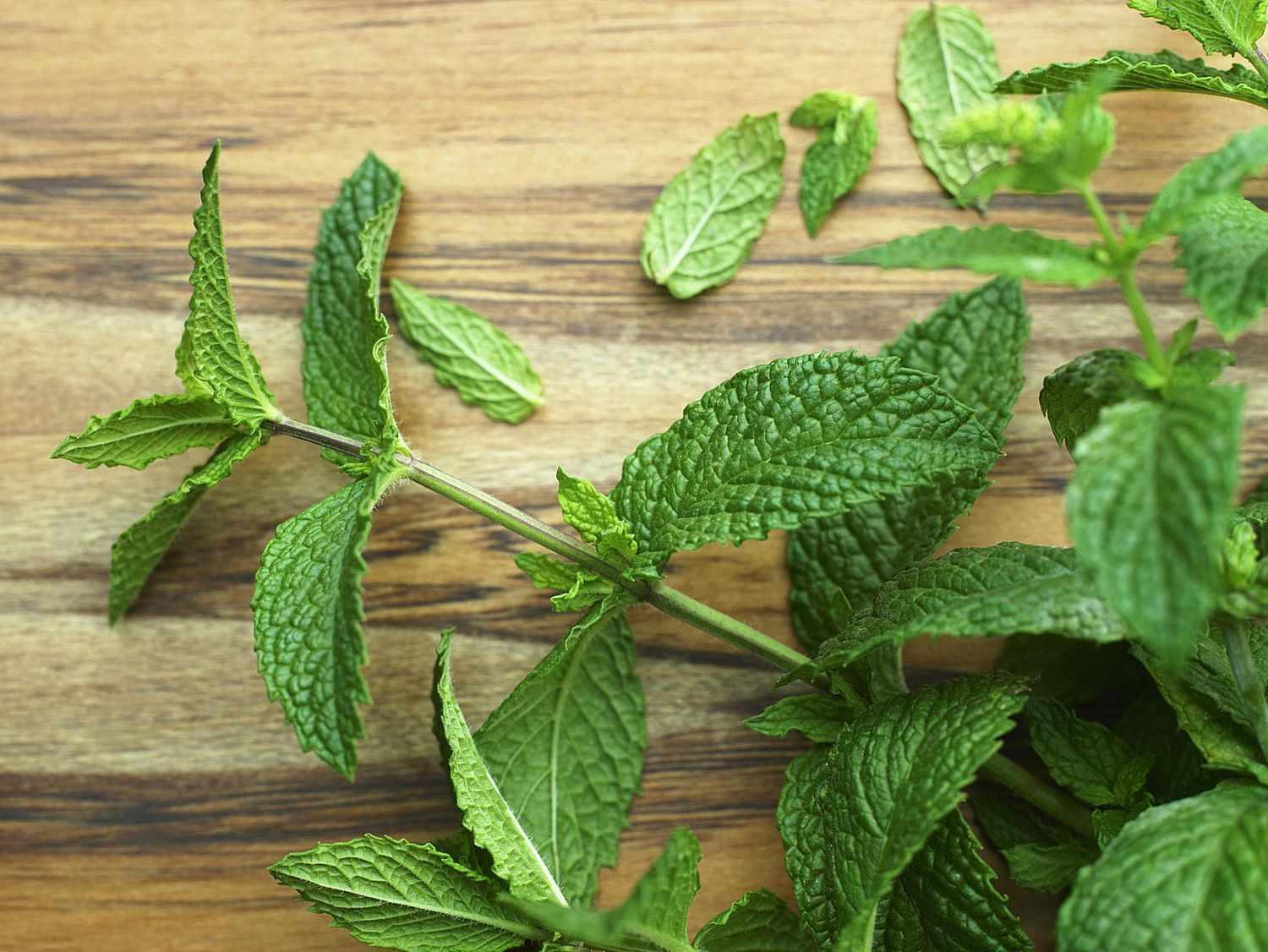
Mint leaves provide a refreshing and cool flavor that, while not citrusy, can add a fresh twist to dishes that require kaffir lime leaves.
Mint works best in lighter dishes like salads, soups, or spring rolls where its crisp flavor can shine.
| Characteristic | Details |
|---|---|
| Use in Recipes | Salads, soups, spring rolls |
| Flavor Profile | Fresh, cool, minty |
| How to Use | Use a handful of mint leaves, optionally with lime zest, to replace kaffir lime leaves. |
7. Curry Leaves
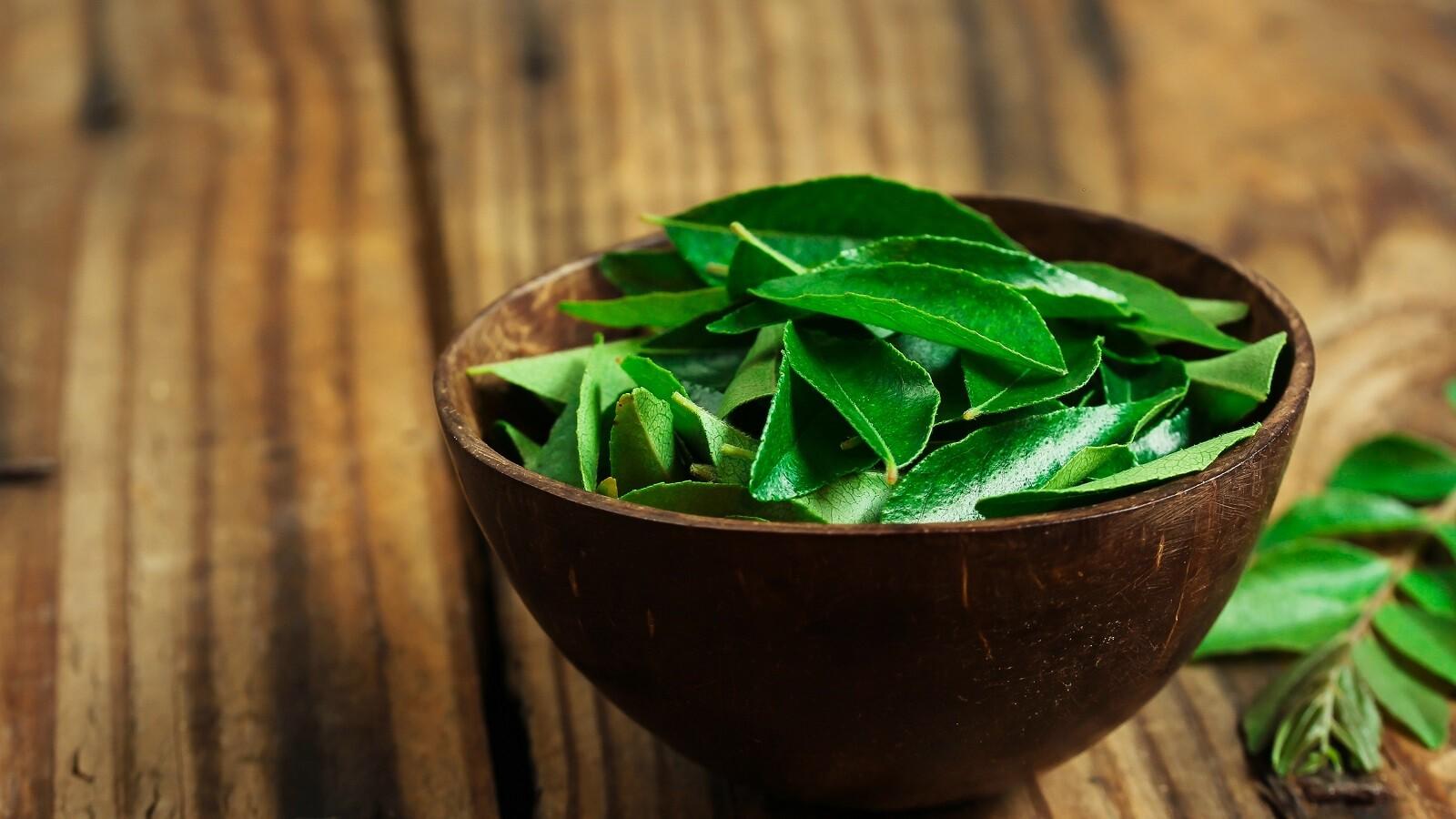
Curry leaves offer a robust, slightly tangy flavor that pairs well with various dishes.
While they don’t have the citrusy notes of kaffir lime leaves, they provide a strong herbal taste that works well in curries, soups, and chutneys.
Curry leaves can add depth and aroma to dishes where kaffir lime leaves are typically used.
| Characteristic | Details |
|---|---|
| Use in Recipes | Curries, soups, chutneys |
| Flavor Profile | Earthy, slightly tangy |
| How to Use | Use 6-8 curry leaves in place of kaffir lime leaves in curries and soups. |
8. Lime Juice

Lime juice is an easy and accessible substitute for kaffir lime leaves, offering the citrusy tang needed for many Southeast Asian dishes.
While it lacks the aromatic depth of lime juice, it can still brighten up soups, stir-fries, and marinades.
However, use sparingly, as too much lime juice can overpower other flavors.
| Characteristic | Details |
|---|---|
| Use in Recipes | Soups, stir-fries, marinades |
| Flavor Profile | Bright, tangy, citrusy |
| How to Use | Use 1-2 tablespoons of lime juice in place of kaffir lime leaves. Adjust based on taste. |
9. Lemon Balm

Lemon balm is a fragrant herb with a mild lemon flavor, making it a good substitute for kaffir lime leaves.
It works well in soups, curries, and teas, providing a light citrus note.
While less intense than lime leaves, lemon balm adds freshness and is especially suitable for lighter dishes.
| Characteristic | Details |
|---|---|
| Use in Recipes | Soups, curries, teas |
| Flavor Profile | Mild, citrusy, slightly sweet |
| How to Use | Use 1-2 tablespoons of chopped lemon balm as a substitute for kaffir lime leaves. |
10. Makrut Lime Peel
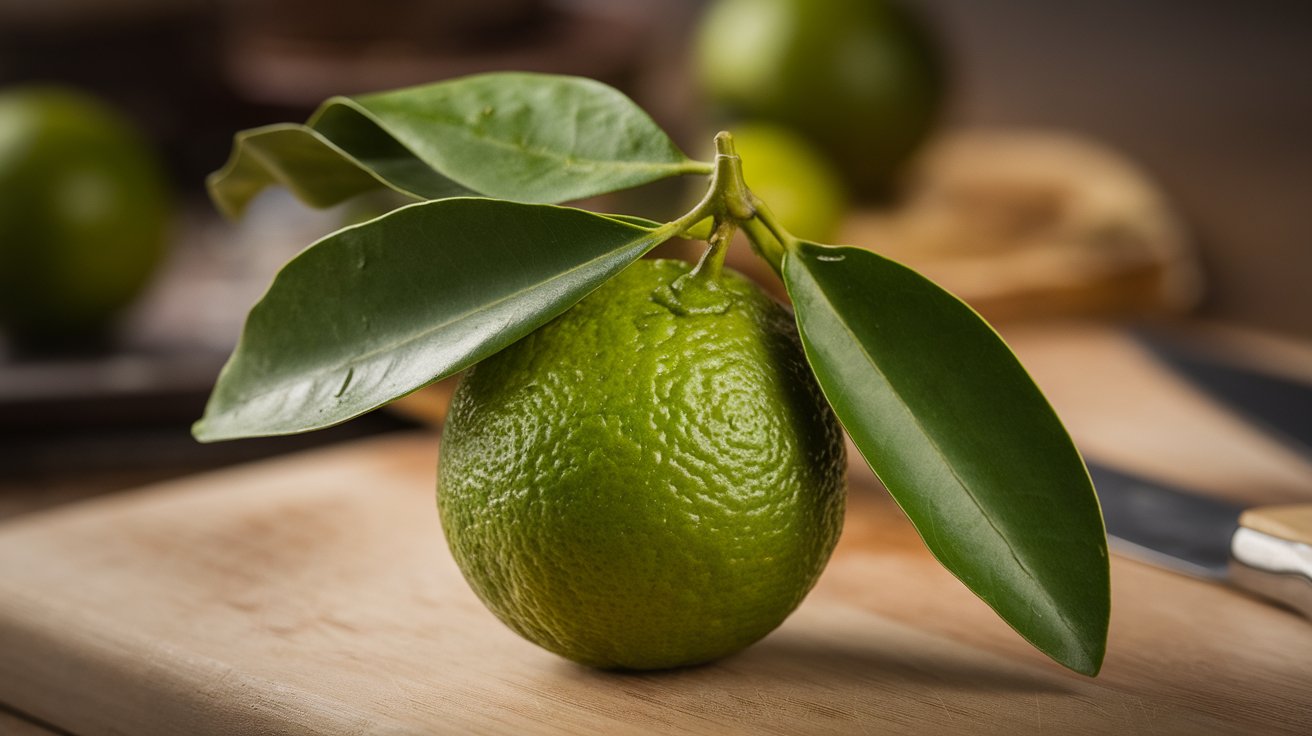
Makrut lime peel, like kaffir lime leaves, offers a strong citrus aroma and flavor.
If you can’t find the leaves, the peel is an excellent substitute with the same citrus intensity.
It can be added to curries, soups, and marinades to impart a similar flavor profile.
| Characteristic | Details |
|---|---|
| Use in Recipes | Curries, soups, marinades |
| Flavor Profile | Strong, citrusy, aromatic |
| How to Use | Use a few strips of makrut lime peel in place of kaffir lime leaves. |
11. Dried Kaffir Lime Leaves
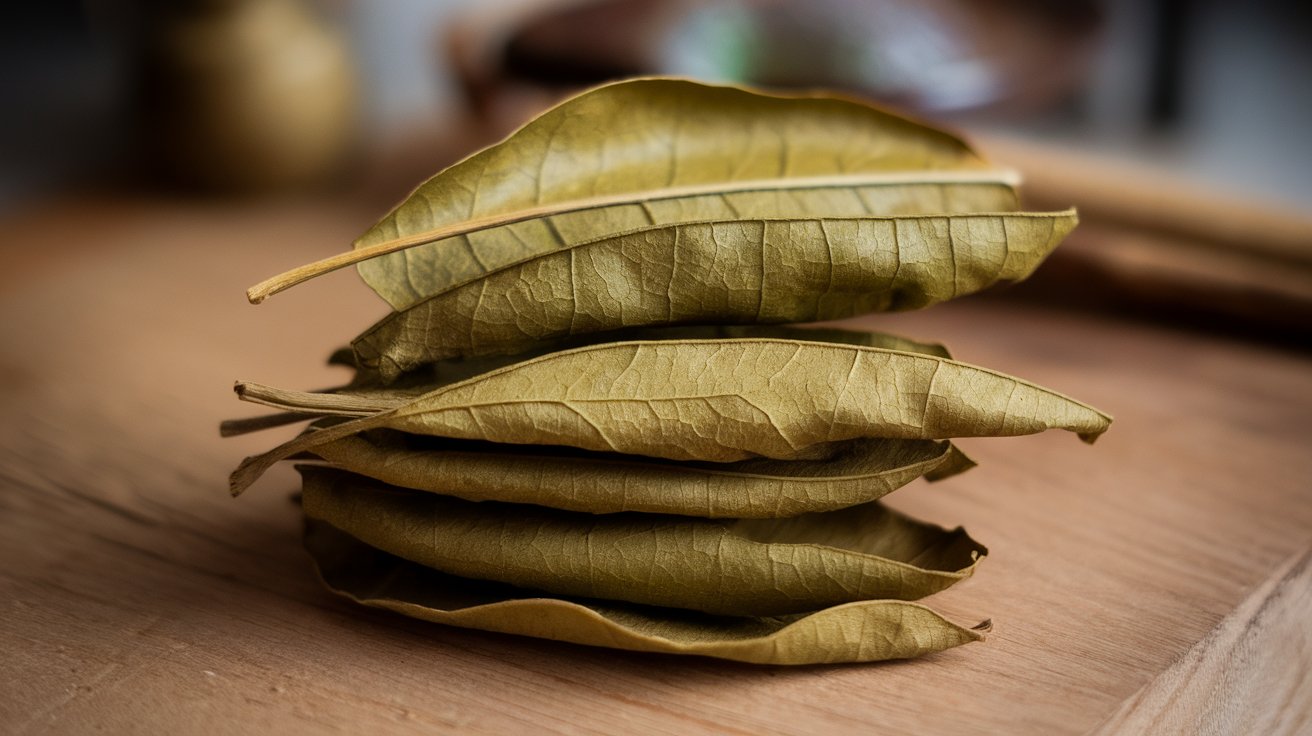
Dried kaffir lime leaves are a convenient substitute when fresh ones are unavailable.
While the flavor is not as intense as fresh leaves, they still offer the distinct citrus aroma and taste.
Dried kaffir lime leaves can be rehydrated in water or added directly to soups, curries, and sauces to impart their flavor.
| Characteristic | Details |
|---|---|
| Use in Recipes | Curries, soups, sauces |
| Flavor Profile | Milder citrus, slightly aromatic |
| How to Use | Use 2-3 dried kaffir lime leaves as a substitute for 1 fresh leaf. Rehydrate if necessary. |
12. Cilantro
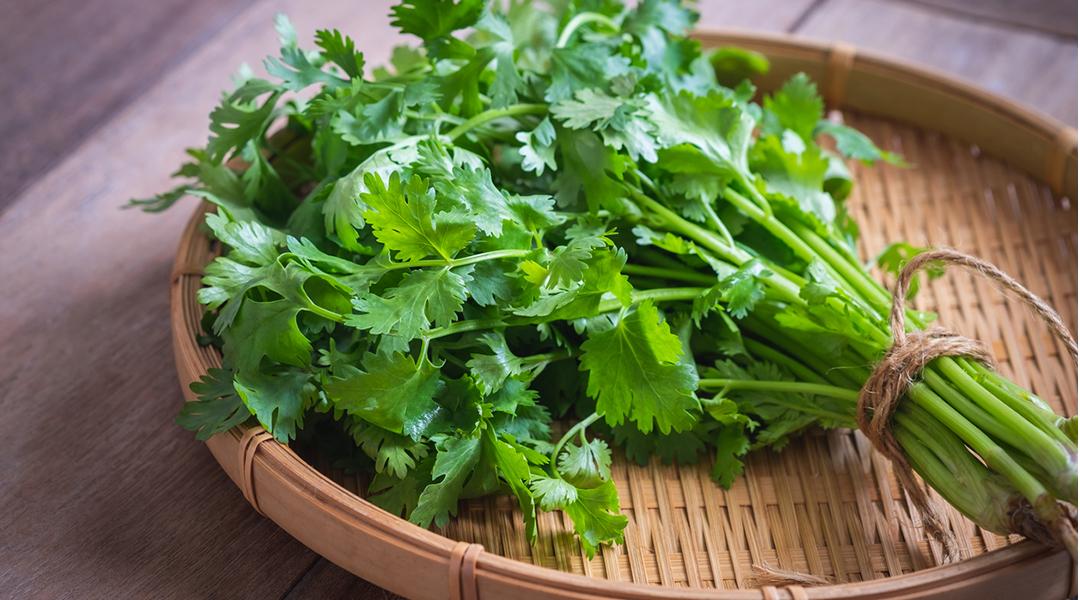
Cilantro, with its fresh and slightly citrusy flavor, can be used as a substitute for kaffir lime leaves in some dishes.
While it doesn’t have the same bold citrus notes, cilantro brings a bright, herbal taste that works well in curries, soups, and salads.
It pairs particularly well with other citrus-based ingredients.
| Characteristic | Details |
|---|---|
| Use in Recipes | Curries, soups, salads |
| Flavor Profile | Fresh, slightly citrusy, herbal |
| How to Use | Use a handful of fresh cilantro leaves in place of kaffir lime leaves. |
13. Basil Leaves
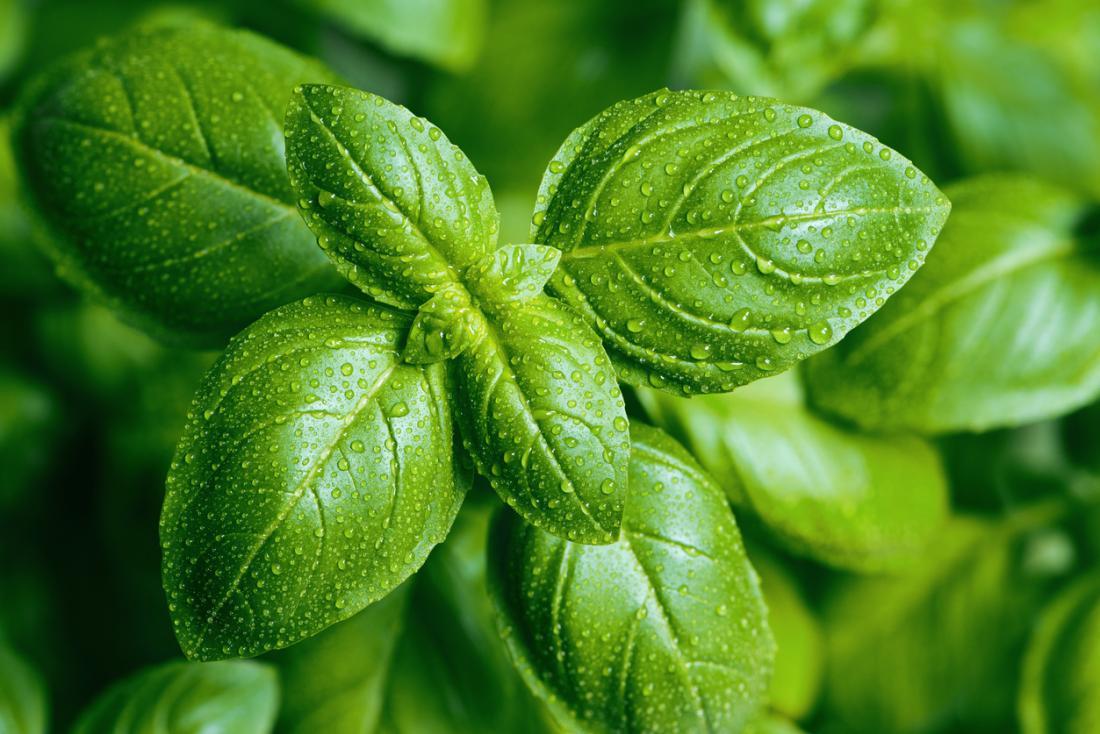
Basil leaves, particularly Thai basil, can serve as a substitute for kaffir lime leaves in dishes where a bright, herbaceous flavor is desired.
Although basil lacks the citrus punch, it offers a fresh, aromatic quality that complements many Southeast Asian recipes, especially when combined with lime juice or zest.
| Characteristic | Details |
|---|---|
| Use in Recipes | Curries, soups, stir-fries |
| Flavor Profile | Fresh, herbal, slightly sweet |
| How to Use | Use a handful of fresh basil leaves, optionally with lime zest, to mimic kaffir lime leaves. |
Conclusion
Kaffir lime leaves add a unique citrusy, aromatic flavor to many Southeast Asian dishes, but when they’re unavailable, there are plenty of substitutes that can step in.
These alternatives, from lime zest and lemongrass to basil and cilantro, can help you achieve a similar flavor profile in your recipes.
Experimenting with these substitutes will ensure your dishes remain flavorful, even without the original ingredient.
